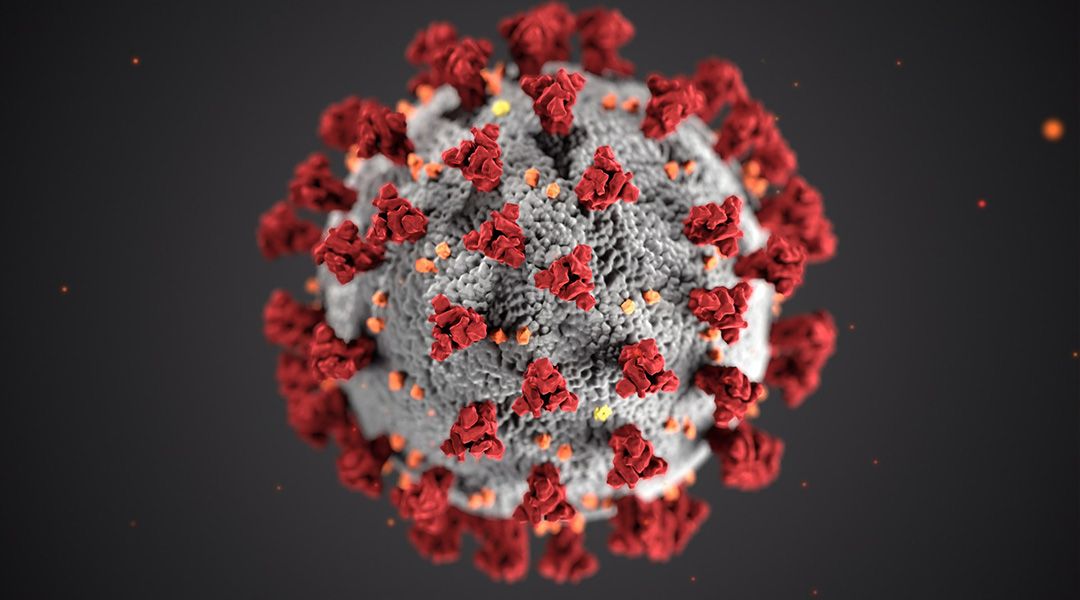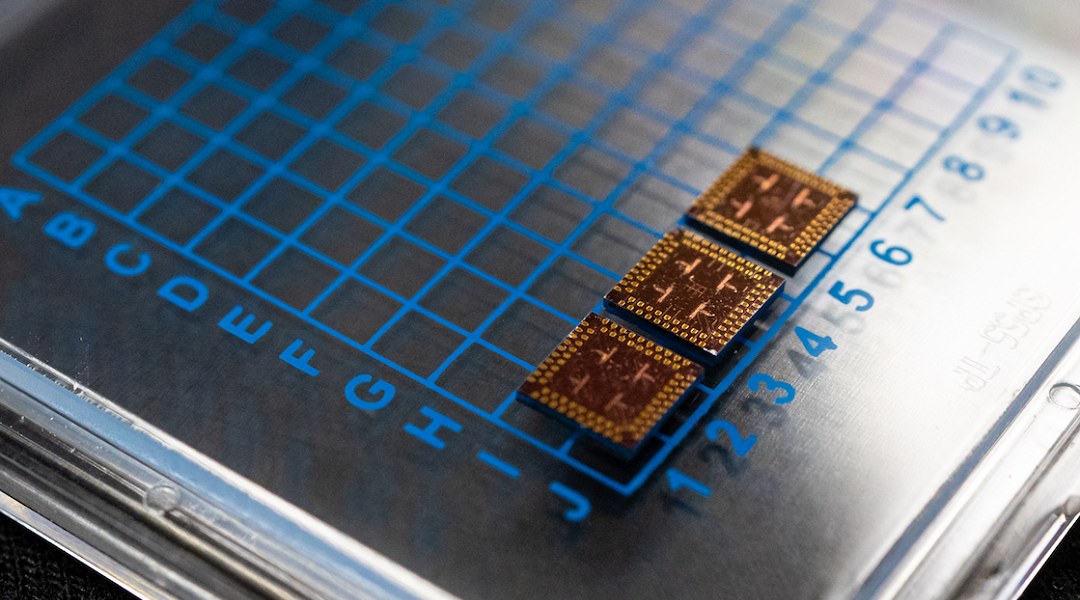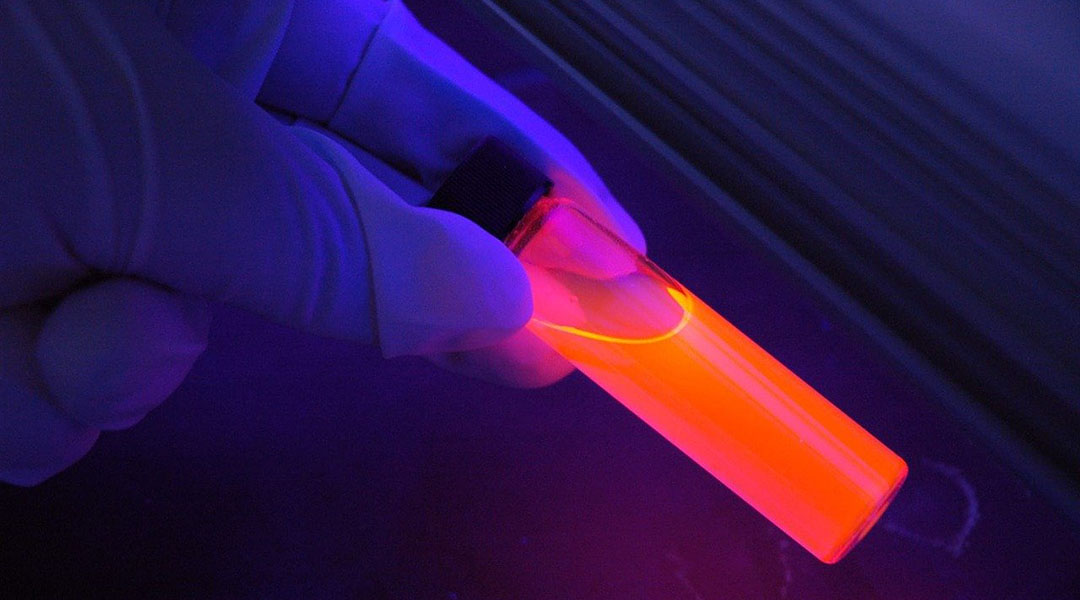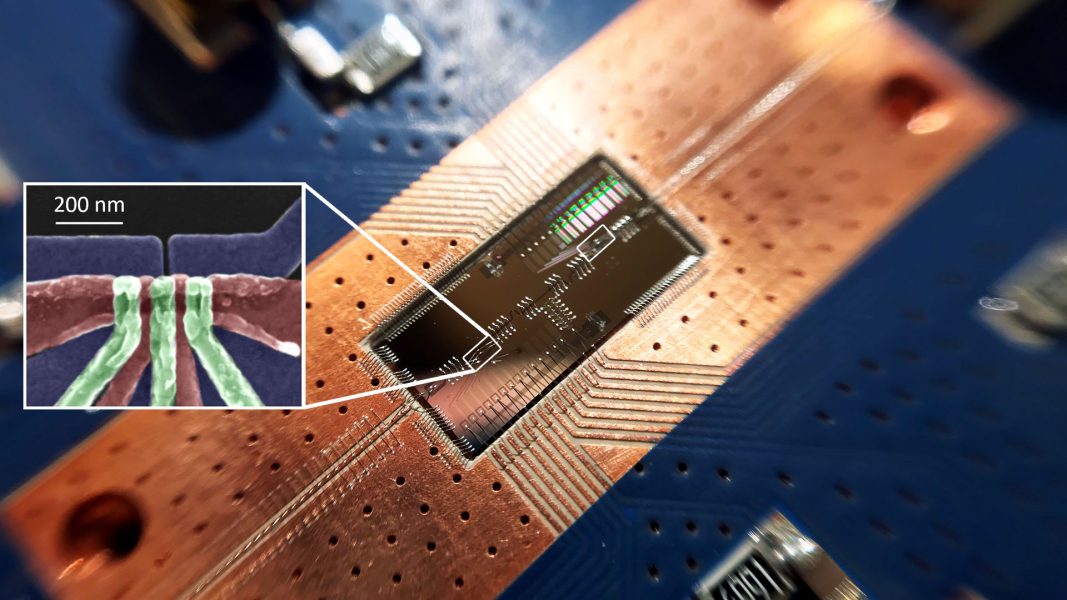An exciting and exotic approach to minimizing error in quantum computation re-purposes a known code to achieve what many researchers thought was impossible.


An exciting and exotic approach to minimizing error in quantum computation re-purposes a known code to achieve what many researchers thought was impossible.

Researchers discuss how to extract valuable information from databases to aid decision making in emergencies, such as the current pandemic.

Convolutional neural networks provide stronger predictive performances for pharmacological assays compared to traditional machine learning models.

A team of data scientists has developed a general-purpose recommendation system for insurance based on Bayesian networks and deep learning.

Researchers at UT Austin hope their computer model of COVID-19 can help other scientists in developing new drugs against the virus.

Scientists developed cryogenic memory cells that could be orders of magnitude faster than existing memories while consuming very little power.

Recent progress in density functional theory provide new insights for chemical concepts like electrophilicity, nucleophilicity, regioselectivity, stereoselectivity, and more.

Princeton scientists demonstrate that two silicon quantum bits can communicate across relatively long distances in a turning point for the technology.
![Advancing Cross‐point Memory Technology [Video]](https://www.advancedsciencenews.com/wp-content/uploads/2019/11/Feature_image-1.jpg)
Researchers design a high-performance threshold switching selector based on silver nanodots.
![Understanding Resistive Switching [Video]](https://www.advancedsciencenews.com/wp-content/uploads/2019/10/Feature_ASN.png)
Resistive switching occurs when a dielectric suddenly changes its resistance in the presence of a strong electric field. This phenomenon underpins the behavior of devices such as memristors and neuromorphic memories. In Advanced Materials, Prof. Manfred Martin of...